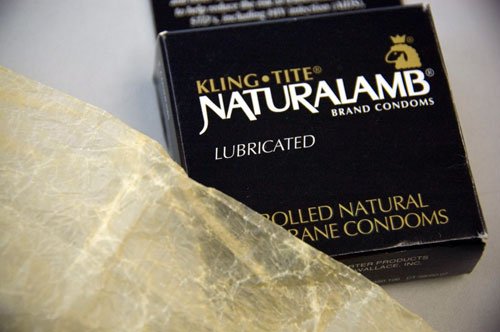
The use of condoms has a long history. About 3,000 years ago, ancient Egyptians used linen sheaths to protect against disease. Around the 1700s condoms were made from animal intestines. This one from the 1990s was made in the United States from New Zealand sheep intestines. Sheep-intestine condoms have been produced by the company since 1932. They block the passage of sperm, but are not recommended for the prevention of sexually transmitted infections, as their pores are large enough to allow infectious agents through.
Te whakamahi i tēnei tūemi
Family Planning, Dame Margaret Sparrow Collection
Photograph by Rachel Leatham
This item has been provided for private study purposes (such as school projects, family and local history research) and any published reproduction (print or electronic) may infringe copyright law. It is the responsibility of the user of any material to obtain clearance from the copyright holder.












Tāpiritia te tākupu hou